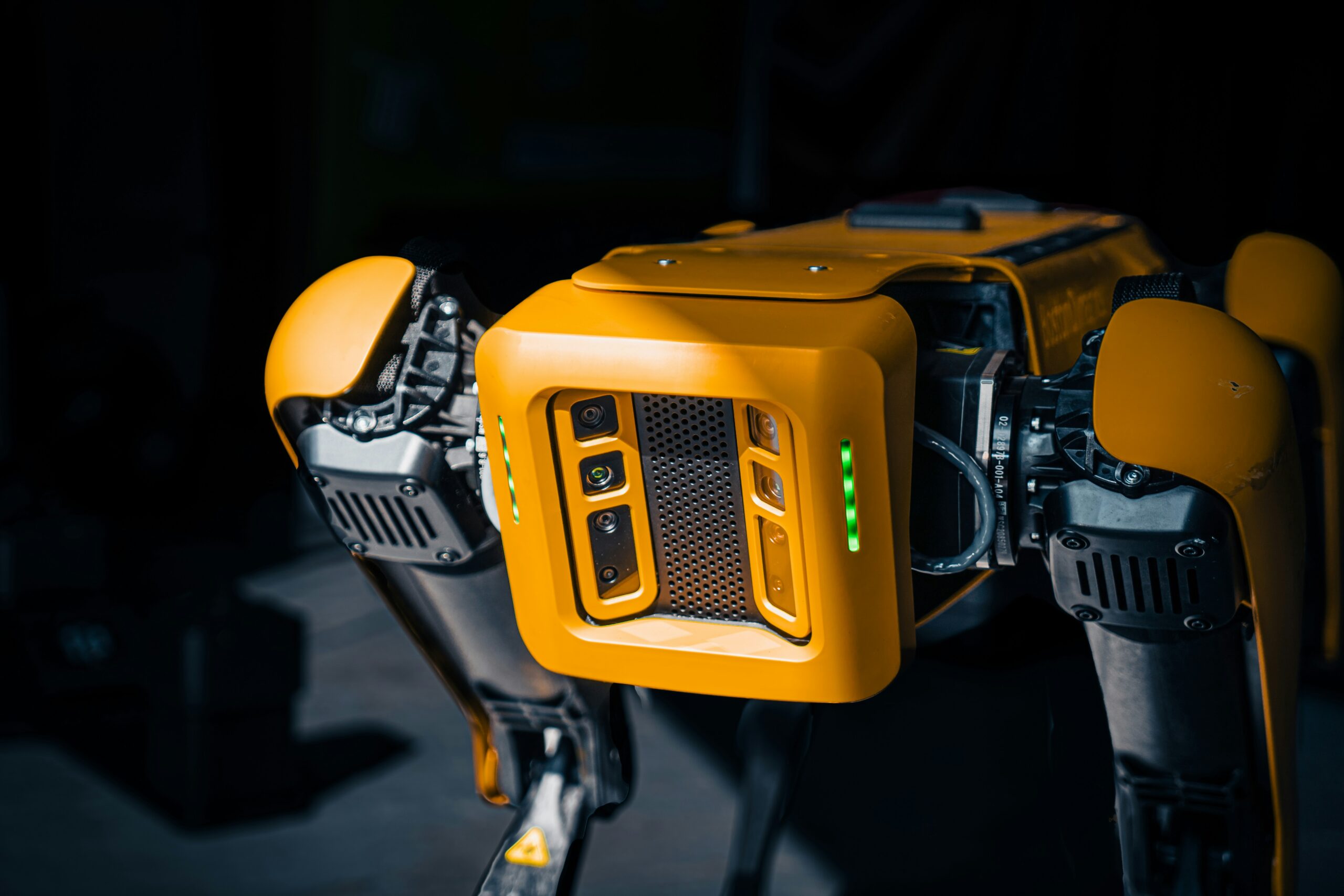Utilizing Machine Learning Algorithms for Predictive Maintenance: Benefits and Strategies

Introduction
Predictive maintenance is a proactive approach to maintenance that involves predicting when equipment or machinery is likely to fail, and taking preventive action to avoid costly breakdowns. In recent years, machine learning algorithms have emerged as powerful tools for predictive maintenance, enabling businesses to optimize their maintenance strategies and reduce downtime. In this blog post, we will explore how machine learning algorithms can be utilized for predictive maintenance and the benefits they can bring to businesses.
Understanding Predictive Maintenance
Predictive maintenance involves using data and analytics to predict when equipment is likely to fail, allowing maintenance to be scheduled in advance. This approach is in contrast to traditional reactive maintenance, where equipment is only repaired or replaced after it has already failed. By predicting failures in advance, businesses can avoid unplanned downtime, reduce maintenance costs, and improve overall operational efficiency.
The Role of Machine Learning Algorithms
Machine learning algorithms play a crucial role in predictive maintenance by analyzing historical data and identifying patterns that indicate impending equipment failure. These algorithms can be trained to recognize patterns and anomalies in sensor data, such as temperature, vibration, or pressure readings, that are indicative of a potential failure.
Data Collection and Preprocessing
To utilize machine learning algorithms for predictive maintenance, businesses need to collect and preprocess relevant data. This typically involves installing sensors on equipment to collect real-time data, such as temperature, pressure, or vibration readings. The data is then cleaned and transformed to remove any noise or outliers that could affect the accuracy of the predictive model.
Feature Engineering
Once the data has been collected and preprocessed, the next step is feature engineering. This involves selecting and engineering relevant features from the raw data that can be used to train the machine learning model. For example, in the case of a motor, features such as temperature fluctuations, voltage variations, or load changes can be extracted from the sensor data.
Model Training and Validation
With the preprocessed data and engineered features, the machine learning model can be trained using algorithms such as decision trees, random forests, or support vector machines. The model is trained on historical data, where the failure events are labeled, to learn the patterns and correlations that indicate an impending failure. The trained model is then validated using unseen data to ensure its accuracy and reliability.
Predictive Maintenance Alerts
Once the machine learning model has been trained and validated, it can be deployed in a production environment to generate predictive maintenance alerts. These alerts can be sent to maintenance teams or integrated into existing maintenance management systems, allowing timely action to be taken to prevent equipment failure. By acting on these alerts, businesses can schedule maintenance activities during planned downtime, reducing the impact on operations.
Benefits of Utilizing Machine Learning for Predictive Maintenance
There are several benefits to utilizing machine learning algorithms for predictive maintenance:
1. Cost Reduction: By predicting and preventing equipment failures, businesses can avoid costly unplanned downtime and reduce maintenance costs. This leads to improved operational efficiency and increased profitability.
2. Improved Equipment Reliability: Predictive maintenance allows businesses to identify and address potential issues before they escalate into major failures. This improves the overall reliability and performance of equipment, leading to increased productivity.
3. Optimized Maintenance Scheduling: Machine learning algorithms enable businesses to optimize their maintenance schedules by predicting when equipment is likely to fail. This allows maintenance activities to be planned and scheduled during planned downtime, minimizing disruption to operations.
4. Enhanced Safety: Predictive maintenance helps prevent equipment failures that could potentially result in safety hazards for employees or customers. By proactively addressing potential issues, businesses can ensure a safer working environment.
5. Extended Equipment Lifespan: By identifying and addressing potential issues in a timely manner, predictive maintenance can extend the lifespan of equipment. This reduces the need for premature replacements, resulting in cost savings for businesses.
Conclusion
Machine learning algorithms have revolutionized the field of predictive maintenance, enabling businesses to optimize their maintenance strategies and reduce downtime. By utilizing these algorithms, businesses can predict equipment failures in advance, take preventive action, and avoid costly breakdowns. The benefits of utilizing machine learning for predictive maintenance include cost reduction, improved equipment reliability, optimized maintenance scheduling, enhanced safety, and extended equipment lifespan. As technology continues to advance, machine learning algorithms are expected to play an even greater role in predictive maintenance, driving further improvements in operational efficiency and profitability.